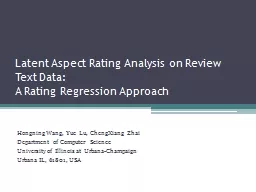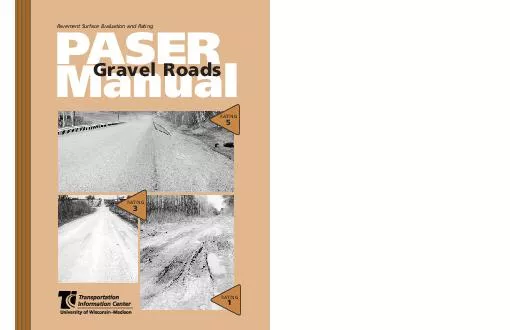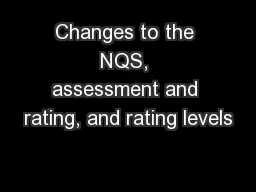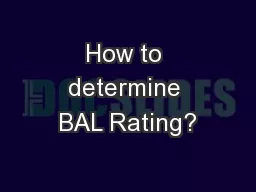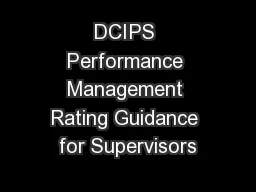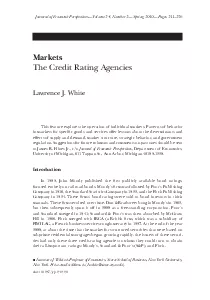PPT-Suspecting the Rating Agencies
Author : cheryl-pisano | Published Date : 2018-03-09
Dan diBartolomeo Northfield Information Services January 2012 The Matter At Hand One of the largest contributing factors to the Global Financial Crisis of 20082009
Presentation Embed Code
Download Presentation
Download Presentation The PPT/PDF document "Suspecting the Rating Agencies" is the property of its rightful owner. Permission is granted to download and print the materials on this website for personal, non-commercial use only, and to display it on your personal computer provided you do not modify the materials and that you retain all copyright notices contained in the materials. By downloading content from our website, you accept the terms of this agreement.
Suspecting the Rating Agencies: Transcript
Download Rules Of Document
"Suspecting the Rating Agencies"The content belongs to its owner. You may download and print it for personal use, without modification, and keep all copyright notices. By downloading, you agree to these terms.
Related Documents




